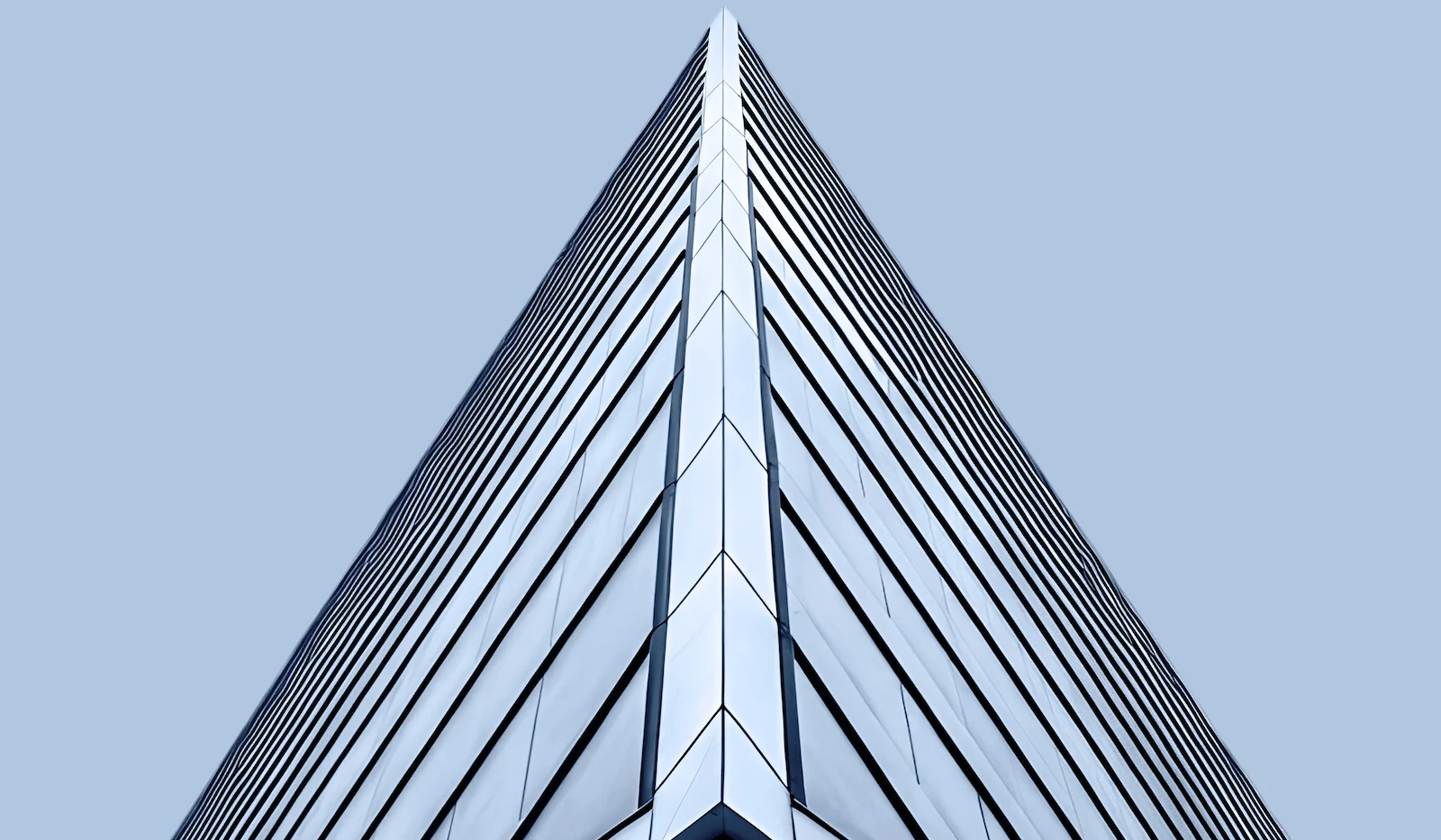
The Evolution of Mixed-Use Developments in the GCC
Over the past two decades, the Gulf region has redefined what urban living means. Once dominated by standalone residential towers and isolated retail hubs, the GCC is now embracing mixed-use developments that blend lifestyle, commerce, and community into a single, integrated urban experience.
At Rice Perry Ellis, we view this transformation as more than an architectural trend — it’s a cultural shift. The modern GCC city is designed not just to impress but to connect. From waterfront districts in Dubai to emerging urban centers across Saudi Arabia and Qatar, mixed-use environments are redefining how people live, work, and engage with their surroundings.
The driving force behind this evolution is human-centric design. Today’s residents expect more than proximity — they expect purpose. Seamless transitions between home, leisure, and business spaces have become the hallmark of contemporary urbanism. These developments foster interaction, enhance walkability, and encourage sustainable transport, creating vibrant communities that operate around the clock.
For architects and engineers, the challenge lies in coordination — ensuring that diverse functions coexist without compromise. At Rice Perry Ellis, our multidisciplinary expertise in Architecture and Engineering Design, Peer Review, and Construction Supervision allows us to deliver cohesive environments where every system, from façade design to MEP networks, contributes to a unified whole.
The future of the GCC’s urban fabric will depend on such integration. As the region pursues economic diversification and sustainable growth, mixed-use developments will serve as both symbols of progress and models of efficiency. They represent not only the evolution of design but the evolution of lifestyle — where architecture shapes behavior, and cities become communities.
For Rice Perry Ellis, this is more than a project type — it’s a philosophy: designing places that bring life together.

